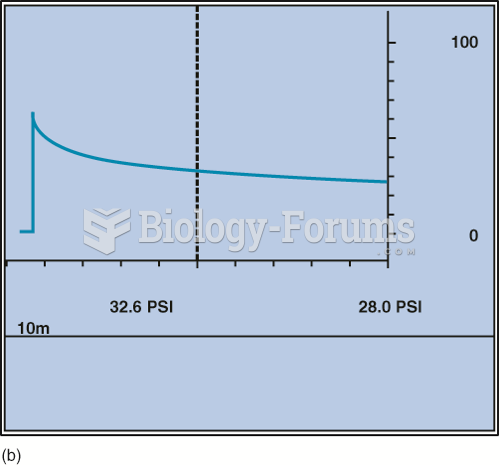Answer to Question 1
Every organization, business or social, has meetings and must keep a record of what happens
at these meetings. These records of the proceedings of meetings, called minutes, are
another type of report used in business. The minutes serve as a permanent record of the
decisions reached and the actions that are to be taken. The minutes can also be used to
inform those who were not at the meeting of what took place. The minutes of a meeting are
the record of the proceedings of that specific meeting. Accurately recording the business
conducted at a meeting is important, because the minutes usually serve as the only historical
record of a meeting. Minutes are taken, prepared in an acceptable format, and distributed to
meeting participants and others who have reason to see them.
An agenda is a brief chronological list of the business to be transacted at the meeting and acts
as a guide to the person presiding at the meeting. The agenda also helps the recorder check
that all scheduled items are accounted for in the minutes.
Answer to Question 2
Supplementary material, which is given after the conclusions and recommendations, provides
substantiating data for a business report. It includes:
a) Illustrations: A formal report can often be enhanced by the use of graphics or illustrations.
Tables can be prepared in spreadsheet software programs (such as Excel) that can convert
the data to a visual representation such as a line, bar, or pie chart. What kinds of graphic or
visual displays should be included in a report depends on the information you are presenting
and your purpose in presenting this information.
b) Appendix: The appendix is a report section that consists mainly of supporting information to
back up the material in the body of the report. Long tables, charts, photographs,
questionnaires, letters, and drawings are usually placed in this section. By including such
material at the end of the report, you keep the body of the report free of the kind of detail that
makes reading difficult.
c) Bibliography: The bibliography section is an alphabetical listing of all the references used in
the report. Bibliographic entries are listed in alphabetic order by author.







